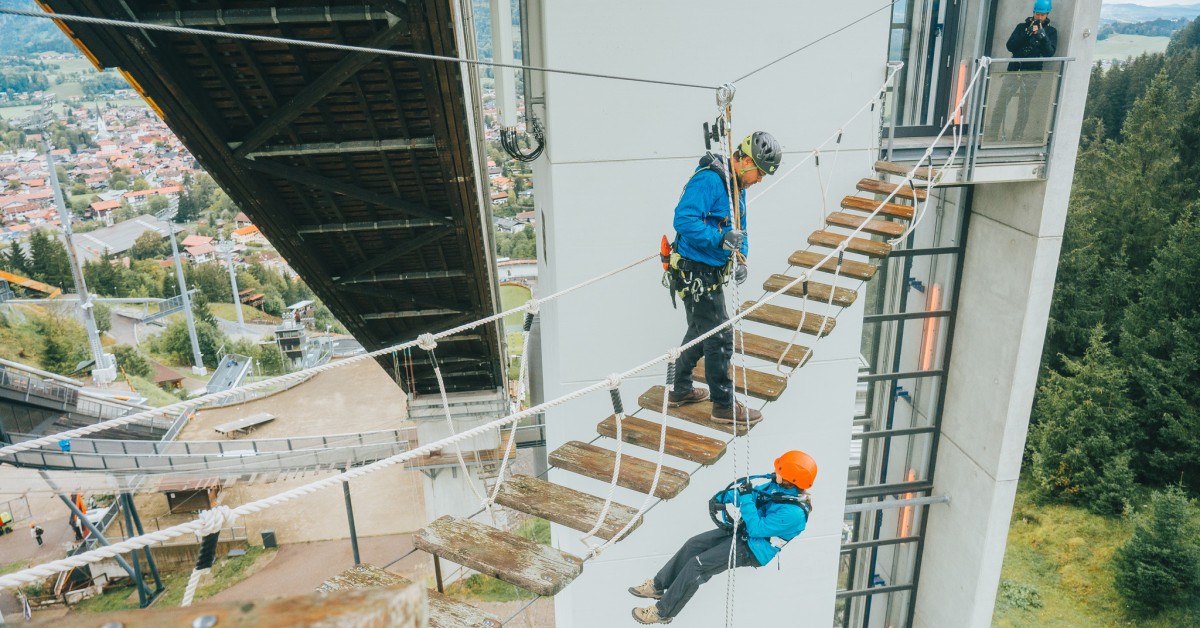
The availability of rescue equipment has increased in tandem with the popularity of ropes courses, particularly pay-to-play facilities, in recent years. Options range from simple mechanical devices with controlled descent capabilities to sophisticated—but easy—manual systems that incorporate multiple classic devices in a bundled unit.
All of these systems require similar techniques, but mechanical devices are far more suited to aerial adventure courses because to their simplicity and inherent greater safety.
Participants who need to be lowered safely to the ground, whether on an experiential or recreational course, usually require a “help” rather than a “rescue.” The majority of people who need help are still mobile, conscious, and not in a life-threatening situation. Nonetheless, we’ll use the term “rescue” in this article because the tactics and technologies discussed can be used for both, and rescue is the more encompassing phrase.
The most recent rescue equipment to be brought to our sector have been employed in the fire rescue profession for many years. They were created for usage in high-rise buildings, where they are kept in one of those small closets marked “break glass in case of fire.” The gadgets are simple to use, and the operating instructions are written to reduce human mistake. These mechanical rescue devices are now used in a wide range of flying adventure missions.
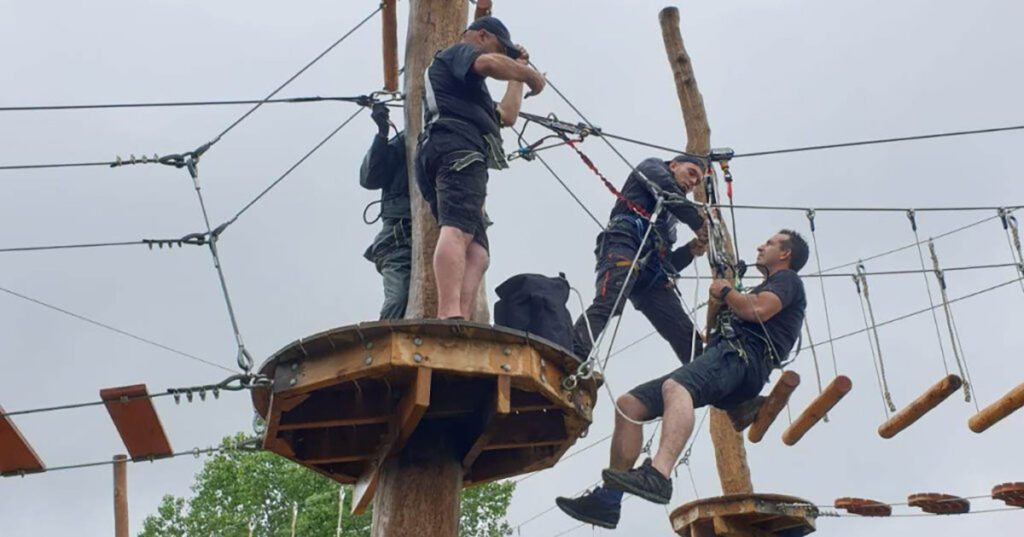
Let’s take a look at the rescue systems that are available in our business as a whole to get a better idea of what’s available.
Technique of Cut-Away
This is a traditional rescue method that involves cutting a someone who has fallen and weighted their belay lanyard with a cutting device. When no lifting equipment is available to unweight the subject, this method is frequently used.
This is how it works. Before the person may be lowered to the earth, a rescuer must link the individual to the rope of a secured non-motorized descender, such as an ISC D4 Work/Rescue Descender, and while the rescue belay lanyard is pulled tight and under stress, the original lanyard must be cut.
When conducting a cut-away, there’s always the chance of making a mistake, and the pressure to avoid making a potentially catastrophic error can lead to making one. The sheer presence of a sharp cutting tool near loaded lines, where an unintended cut could cause someone to fall, is a danger in and of itself. Because of the dangers associated with this method, every effort should be taken to avoid using it in a high ropes course.
Versatile descent and rescue devices
These are frequently a combination of haul and lowering devices, which are sometimes integrated and other times two independent pieces of equipment that must be employed as a rescue device. A HaulerBiner Compact Rescue Kit, for example, attaches an ISC D5 Rescue Descender to ropes and pulleys to generate a lifting advantage.
This is how it works. The rescuer utilizes the lowering device (descender) to manually lower the person to the ground, using the pulley system’s mechanical advantage to raise (haul) the individual to unweight and separate his or her lanyard from the original belay line.
These devices are popular in the adventure sector, but they need fitness and strength—even with a mechanical advantage, lifting a person is a difficult feat. Even though certain pulley systems are designed to provide a better advantage, lifting someone requires a significant amount of strength.
Furthermore, because the rescuer controls the lowering equipment manually, the lowering speed can be unpredictable and may exceed the maximum allowed by EN regulations of 2 m/sec. Not only does mastering these systems necessitate extensive initial training, but it also necessitates constant practice so that no errors are made when a real rescue is required. Furthermore, most “kits” aren’t designed to be utilized with shorter lanyards, such as those used on zip lines with hand braking. For a smooth and efficient rescue in such instances, a separate, smaller pulley system with a separate descender would be required.
-
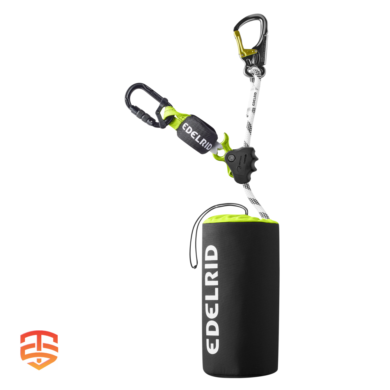 Edelrid OMBILIX 140 | Guided fall arrester€ 123,00 – € 157,00 Ex VAT
Edelrid OMBILIX 140 | Guided fall arrester€ 123,00 – € 157,00 Ex VAT -
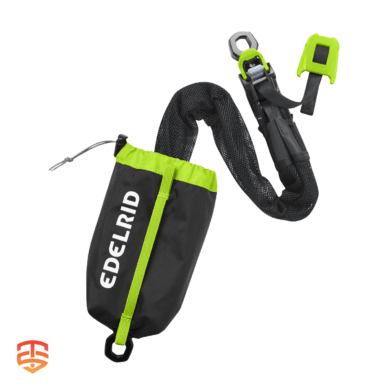 Edelrid KAA Rescue Haul System€ 142,00 – € 169,00 Ex VAT
Edelrid KAA Rescue Haul System€ 142,00 – € 169,00 Ex VAT -
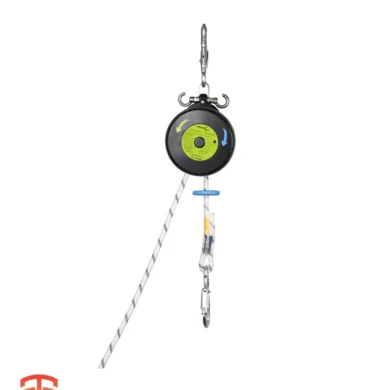 Edelrid Safe Descent 9,8mm | Descent & Rescue device€ 825,00 – € 1.274,00 Ex VAT
Edelrid Safe Descent 9,8mm | Descent & Rescue device€ 825,00 – € 1.274,00 Ex VAT
Mechanical Rescue Devices of the Future
Pre-manufactured mechanical devices like the Edelrid Safe Descent, which originated in the fire rescue sector, combine an integrated mechanical advantage with controlled speed descent to substantially simplify rescue operations. These integrated solutions make it easier to hoist and lower persons in need swiftly and safely, compared to alternative equipment or procedures. Their all-in-one simplicity makes them simple to learn and use, reducing the odds of human error significantly.
Because advanced mechanical rescue devices with wheels are simple to operate, they require minimal training. What’s the one drawback to these gadgets? They’re heavier than other systems, weighing up to 4 kilogram depending on the unit’s rope length.
This is how it works. One end of the device is connected to the major lifeline (i.e., the zip wire or the lifeline of an ropes course) and the other to the clip-in point of the person in need of rescue’s harness once it is correctly attached. The rescuer can then use the device’s integrated wheel to haul the person to safety, detach the person’s original belay from the lifeline, and drop the person to the ground almost completely hands-free. The internal braking system of the unit lowers the person at a controlled speed of roughly 0.8 m/sec, which is similar to that of common auto-belay systems like the TRUBLUE Auto Belay devices.
Other benefits of these units include:
- They can be utilized in a sideways position by tilting the lifeline and connecting an inbuilt hook. This enables the unit to operate very close to the lifeline, allowing for the use of small zip line lanyards.
- Because the gadget is rated for two people, it can be reversed and utilized for tandem rescues. The end that would typically be attached to the person being rescued has been replaced with a lifeline, and the unit has been replaced with a rescuer. The rescuer can then utilize the wheel to lower himself to the participant, attach the participant to the unit, and both of them securely fall to the earth.
- In the event of a weather emergency, they can be utilized to quickly remove participants from platforms on a course. Because the rope may travel at a regulated speed in both directions through the gadget, rope on either/both sides can be used to lower the device in a yo-yo fashion.
- The inbuilt wheel can be used to convert the device into a lift, making a course easily accessible to those who require aid climbing. Some models also include a nut for attaching a cordless drill to the handle, making the wheel revolve quicker and lifting easier.
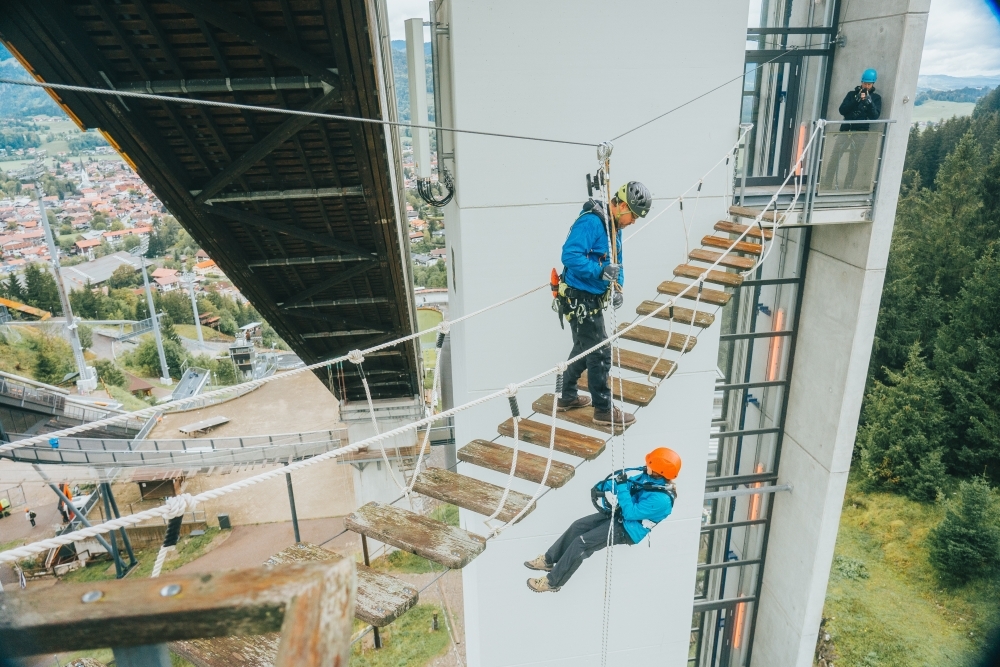
Descent & Rescue Devices
Professional Rescue & Descent devices for the Adventure Industry.
The latest rescue devices to be introduced to our industry have been used for many years in the fire rescue industry. They were developed for use in high-rise buildings. The devices are designed to be simple to operate, and the operating instructions aim to minimize human error. Now, these rescue devices are being used in all types of aerial adventure operations.
Ascend to New Heights: Expert Insights on Ropes Course Technology
Ropes courses offer exhilarating challenges and unforgettable experiences. This article explores the core technology behind them. But to truly scale the heights of knowledge, check out our additional resources featuring expert opinions on the latest advancements and best practices in ropes course design and operation.
- Aerial Safety: Exploring High Ropes Course Belay Systems
- Safe Ropes Course Adventures
- Harnessing Innovation: Next-Generation PPE for Adventure Parks
- Why Keyed Smart Belay Systems Reduce Costs
- Exploring High Ropes Course Belay Systems
- Advanced Rescue Devices in Aerial Adventure Courses
- Top Picks for Best Ropes Course Equipment Season 2023
- Smart Belay for Authentic Climbing Experience
- Edelrid Novelties: Highlights High work and tree care
- Using LockD Clips with Vertical Auto Belays
- Considerations when designing ropes courses and adventure parks?
- Choosing the right Belay System
- Continuous Belay for Ropes Courses
- Ropes Course Rescue Innovations
-
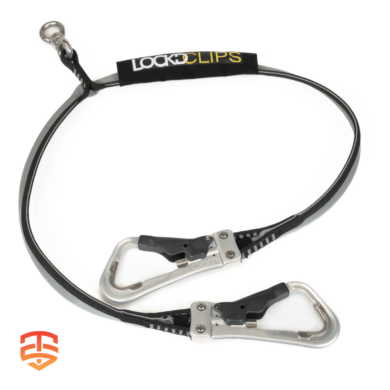 LockD Clips Swivel | Continuous Self-Belay€ 389,00 Ex VAT
LockD Clips Swivel | Continuous Self-Belay€ 389,00 Ex VAT -
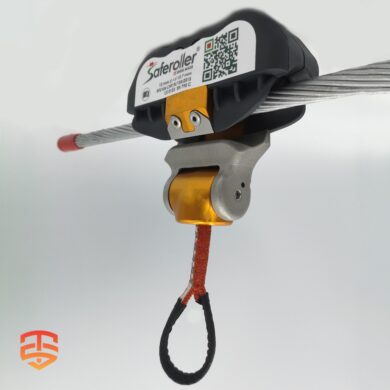 Saferoller Trolley V3 (PPE)€ 240,00 – € 252,00 Ex VAT
Saferoller Trolley V3 (PPE)€ 240,00 – € 252,00 Ex VAT -
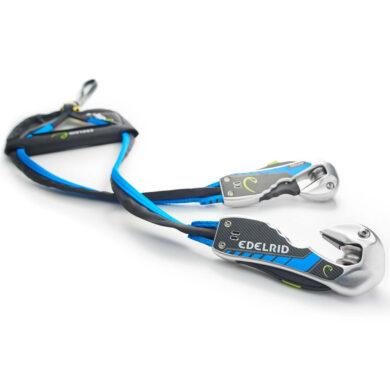 Edelrid Smart Belay X | Magnetic Locking Mechanism€ 544,00 – € 623,00 Ex VAT
Edelrid Smart Belay X | Magnetic Locking Mechanism€ 544,00 – € 623,00 Ex VAT







